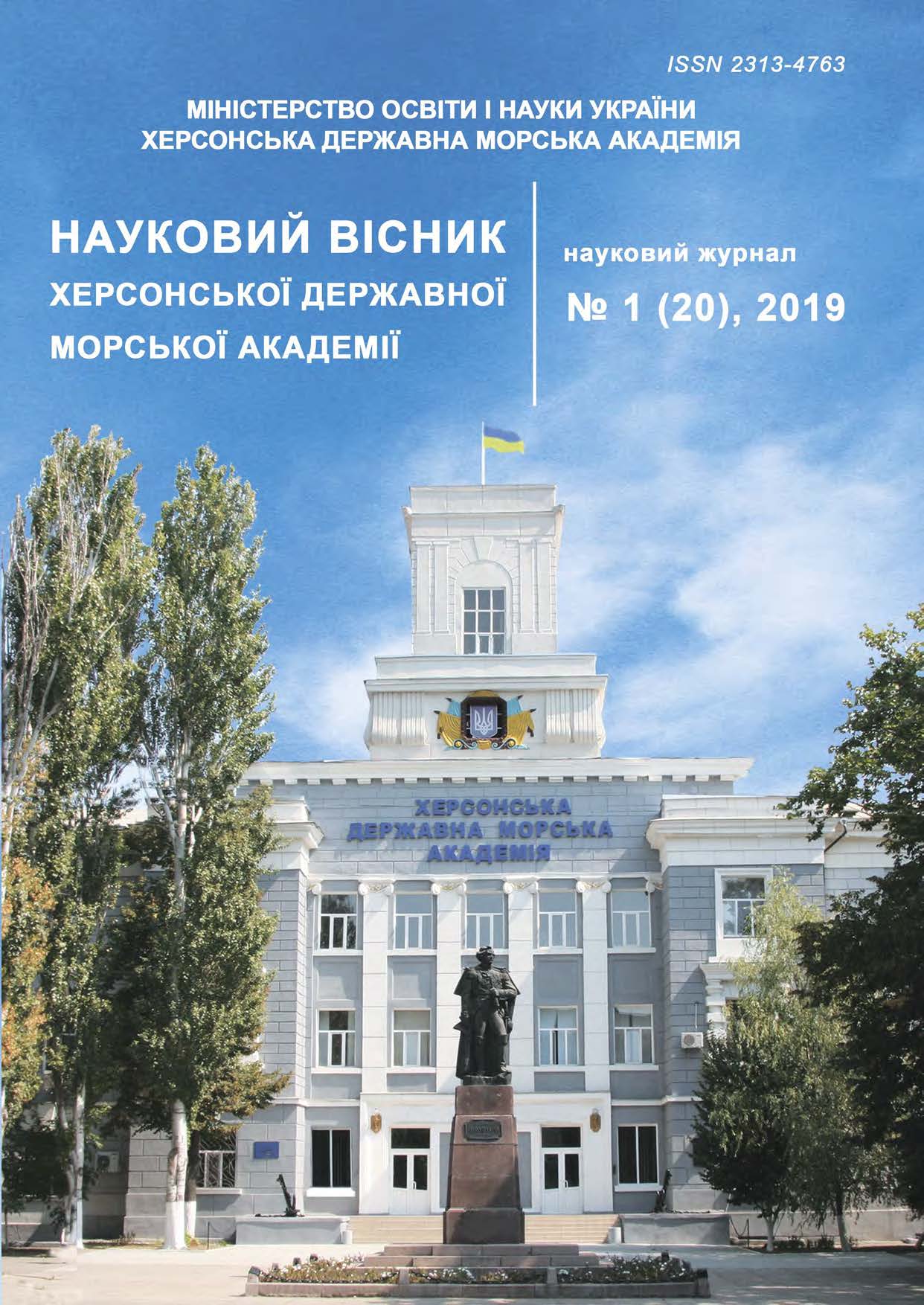STRESS-RELATED AND HEAT-TRANSFER PROPERTIES OF EPOXY-POLYESTER COMPOSITES FILLED WITH ACTIVATED CARBON
https://doi.org/10.33815/2313-4763.2019.1.20.134-140
Abstract
The current study has solved the problem of reactive dispersed additive match, which provides, along with manufacturability, improved properties of composite materials. To ensure a set of operational characteristics of the composites, the carbon substance with high adsorption properties and hydrophobicity was used. The latter was obtained by carbonization of organic materials and their subsequent activation. ED-20 epoxy diane oligomer has been selected to be the main component for the binder during epoxy composites formation. ED-20 epoxy diane oligomer possesses high adhesive and cohesive strength, slight shrinkage and manufacturability when applied to the intricate shape surface. PEPA polyethylene polyamine hardener was used for crosslinking of epoxy compositions, which allows materials to be hardened at room temperature. The composites were crosslinked by introducing the hardener into a composition at stoichiometric ratio of components at the content (parts by weight) - ED-20 epoxy diane oligomer: Norsodyne O 12335 AL orthophthalic unsaturated pre-accelerated polyester resin: PEPA hardener: Butanox-M50 hardener (Butaneox-M50) which is methyl ethyl ketone peroxide – 100 : 20 : 10 : 1. The introduction of additives with high adsorbing properties leads to material embrittlement; the indicators of fracture stresses during bending and impact strength have been reduced. At the same time, the high specific filler particles area enables formation of a composite structure with increased elasticity modulus during bending and heat resistance. It was found that for composites formation with increased indicators of elasticity modulus, it is advisable to use an additive at the content q = 30 pts.wt., while the maximum increase in elasticity modulus up to E = 5.7 GPa was observed. But, the indicator values of heat resistance (according to Martens) of composite materials increase at the content of activated carbon particles q = 5...10 pts.wt. (from T = 335 K to T = 343 K). It is shown that an epoxy-polyester matrix with an optimal content of activated carbon particles can be used in friction units due to its porous structure
References
Buketov, A. V., Sapronov, О. О., Brailo, M. V., Maruschak, P. О., Yakushchenko,
S. V., Panin, S. V. & Nigalatiy V. D. (2018). Dynamics of destruction of epoxy composites filled with ultra-dispersed diamond under impact conditions. Mechanics of Advanced Materials and Structures. DOI: 10.1080/15376494.2018.1495788.
Buketov, A., Brailo, M., Yakushchenko, S. & Sapronova A. (2018). Development of Epoxy-Polyester Composite with Improved Thermophysical Properties for Restoration of Details of Sea and River Transport. Advances in Materials Science and Engineering. Article ID 6378782.
Duleba, B. et al. (2015). Possibility of Increasing the Mechanical Strength of Carbon. Epoxy Composites by Addition of Carbon Nanotubes, Materials Science Forum, Vol. 818, 299–302.
Buketov, A. V., Sapronov, O. O. & Aleksenko, V. L. (2015). Epoksidnі nanokompoziti: monografіya. Kherson : KhDMA.
Salom, C., Prolongo, M. G., Toribio, A., Martínez-Martínez, A. J., Aguirrede Cárcer I., Prolongo S. G. (2017). Mechanical properties and adhesive behavior of epoxy-graphene nanocomposites. International Journal of Adhesion and Adhesives.
Leshchenko, O. V. (2018). Doslidzhennia vplyvu strukturno-aktyvnoi dobavky na vlastyvosti epoksydnykh kompozytiv. Naukovi notatky. Lutsk : LNTU. 63, 114–122.
Abouzahr, S., Wilkes G. L. (1984). Structure property studies of polyester- and polyether-based MDI–BD segmented polyurethanes: Effect of one- vs. two-stage polymerization conditions. J. Appl. Polym. Sci, Vol. 29, Issue 9, 2695–2711.
Buketov, A. V., Brailo, M. V., Kobelnyk, O. S. & Akimov, O. V. (2016). Trybolohichni vlastyvosti epoksykompozytiv, napovnenykh dyspersnymy chastynkamy i termoplastamy. Fizyko-khimichna mekhanika materialiv, 1, 28–35.
Buketov, А. V., Brailo, М. V., Kobel’nyk, О. S. & Akimov О. V. (2016). Tribological properties of the epoxy composites filled with dispersed particles and thermoplastics. Materials Science, Vol. 52, Number 1, 25–32.






